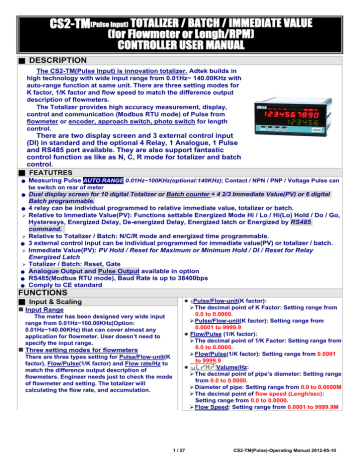

Software: Atmel studio 6.1, progisp or flash magic. Hardware: ATMEGA32, Power supply (5v), AVR-ISP PROGRAMMER, HDSP5503, Seven segment displays (two pieces) (any common cathode will do ), 47uF capacitor (connected across power supply), button(three pieces), 10KΩ resistor (two pieces), 1KΩ resistor, 220Ω resistor (two pieces), 100nF capacitor (three pieces), 2N2222 transistors (two pieces). At this rate the eye pictures the LED with less brightness and that is all. At this rate a human eye cannot see turning OFF cycles at all. But if frequency is increased to 50HZ, that is 50 ON times and 50 OFF times for the LED in a second. Now at this rate a human eye can see both ON cycle and OFF cycle. it ON two times and OFF two times a second. Consider an LED is turning ON and OFF continuously at a rate of 2HZ per second, i.e.

It’s simple a technique used to connect more units in parallel to lessen the pins required, by taking advantage of visual effect. These Common Cathode and Common Anode displays come in very handy while multiplexing several cells together. In Common Anode, the positive of every LED is connected together and brought out as VCC. The circuit connection of LEDs in common cathode and common anode is shown in above figure. Here one can observe that, in Common Cathode, the negative terminals of every LED is connected together and brought out as GND. The important thing to notice here, the LEDs in any seven segment display are arranged in common anode mode (common positive) or common cathode mode (common negative). The LEDs are fabricated in a manner that lighting of each LED is contained to its own segment.


 0 kommentar(er)
0 kommentar(er)
